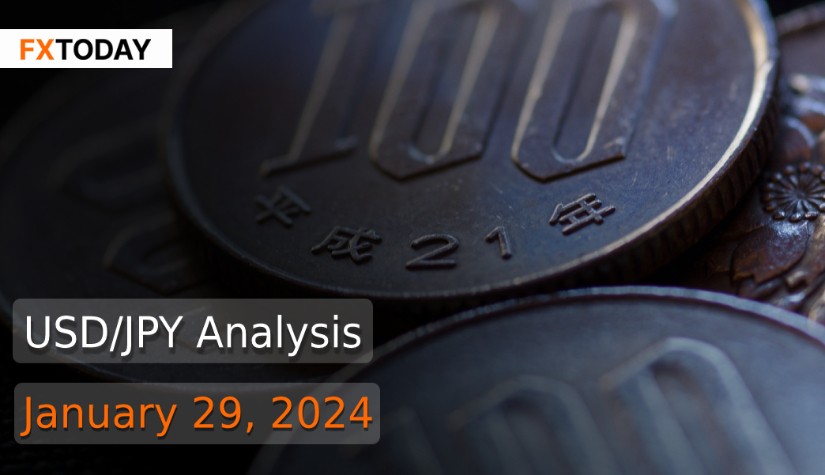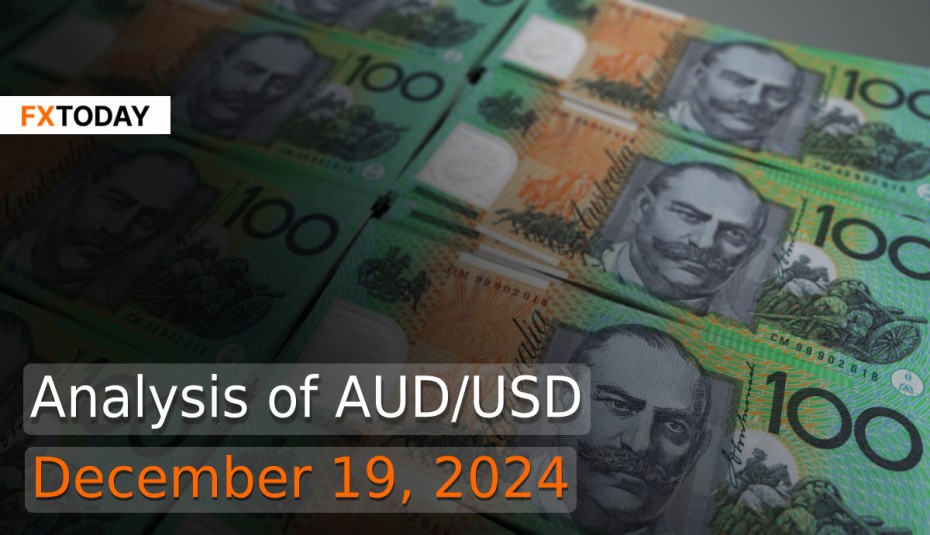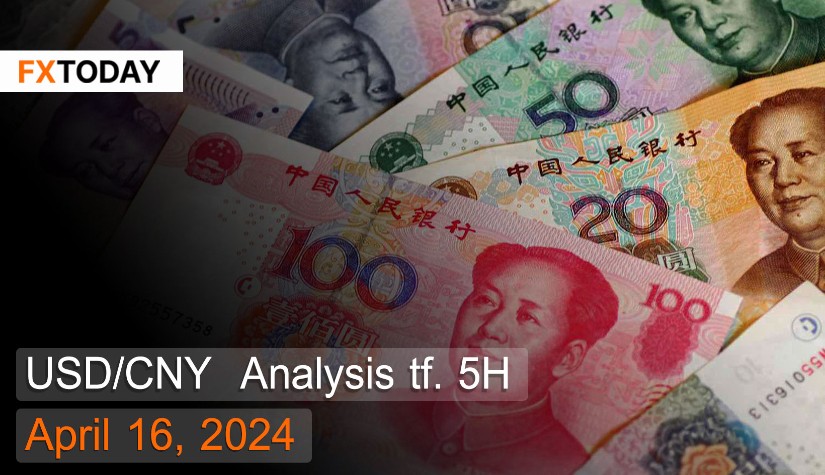Japan's Inflation Slips: Yen Holds Firm Against Dollar
In Japan, core inflation in the capital city, Tokyo, has dropped below the central bank's 2% target to its lowest level in almost two years. The core figure, excluding volatile fresh food and energy prices, fell to an annualized 3.1%, down from 3.5% in the previous month. This decline aligns with policymakers' expectations that cost pressures will continue to ease in the coming months.
Separate data reveals that corporate service inflation in December remained at a nearly nine-year high, suggesting that rising service prices might replace increasing costs as the primary driver of overall price gains.
Despite nationwide inflation exceeding the 2% target for over a year, the focus has shifted to whether wage increases will be sufficient to support consumption and help Japan achieve sustainable 2% inflation, a prerequisite for phasing out massive monetary stimulus.
On the global front, Japan's exports surged to record highs in December, with shipments to the U.S. reaching their strongest-ever level and those to China experiencing their first rise in over a year. However, uncertainties persist about the sustainability of Japan's economic recovery, given ongoing challenges in its domestic manufacturing sector.
A Reuters poll suggests that Japan's industrial output likely expanded in December due to improved supply chain conditions, particularly in transport, general machinery, and semiconductor manufacturing equipment. However, disruptions in automobile production pose uncertainties for the current month.
In contrast, a recent private survey indicates that Japan's factory activity contracted for the eighth straight month in January due to weak demand. Despite this, the service sector showed strong gains with increased new business. While both output and new orders remained in contractionary territory, they improved slightly from the previous month. Input price inflation persisted but decreased from December's three-month high, and output charges increased at the slowest rate since June 2021.
Minutes from the Bank of Japan's December meeting, released on Friday, revealed no consensus within the nine-member board on the likely timing and sequence of an exit from ultra-loose monetary policy. The softer inflation reading is attributed to a sustained decline in utility prices due to government subsidies introduced last year.
In the United States, inflation data for December indicated a modest increase, keeping the annual inflation rate below 3% for the third consecutive month. This has reinforced expectations that the Federal Reserve will consider cutting interest rates by the middle of the year.
Pending U.S. home sales in December saw a significant increase, the most since June 2020, suggesting that stabilizing mortgage rates may be attracting prospective buyers and contributing to an anticipated rebound in residential real estate this year.
As investors prepare for the upcoming week, they are bracing for significant U.S. economic data releases, including non-farm payrolls for January and key events led by the Federal Open Market Committee meeting and the Treasury's refunding announcement outlining the U.S. government's borrowing requirements for the upcoming quarter. Consequently, the Japanese yen might experience minimal downward pressure in comparison to the US dollar, as the potential for the US dollar to strengthen appears to be restricted at the moment.
Data for Technical Analysis (5H) CFD USD/JPY
Resistance : 148.31, 148.38, 148.50
Support : 148.07, 148.00, 147.88
5H Outlook
Source: Investing.com
Buy/Long 1 If the support at the price range 147.97 – 148.07 is touched, but the support at 148.07 cannot be broken, the TP may be set around 148.35 and the SL around 147.92, or up to the risk appetite.
Buy/Long 2 If the resistance can be broken at the price range of 148.31 – 148.41, TP may be set around 148.66 and SL around 148.02, or up to the risk appetite.
Sell/Short 1 If the resistance at the price range 148.31 – 148.41 is touched, but the resistance at 148.31 cannot be broken, the TP may be set around 148.04 and the SL around 148.46, or up to the risk appetite.
Sell/Short 2 If the support can be broken at the price range of 147.97 – 148.07, TP may be set around 147.73 and SL around 148.36, or up to the risk appetite.
Pivot Points Jan 29, 2024 02:22AM GMT
|
Name
|
S3
|
S2
|
S1
|
Pivot Points
|
R1
|
R2
|
R3
|
|---|---|---|---|---|---|---|---|
| Classic | 147.73 | 147.88 | 148.04 | 148.19 | 148.35 | 148.5 | 148.66 |
| Fibonacci | 147.88 | 148 | 148.07 | 148.19 | 148.31 | 148.38 | 148.5 |
| Camarilla | 148.13 | 148.16 | 148.19 | 148.19 | 148.24 | 148.27 | 148.3 |
| Woodie's | 147.75 | 147.89 | 148.06 | 148.2 | 148.37 | 148.51 | 148.68 |
| DeMark's | - | - | 148.12 | 148.23 | 148.43 | - | - |
Sources: Investing 1, Investing 2
















